8 December, 2023
There was a time when running shoe manufacturers made their shoes without any mention of stack heights or heel drops.
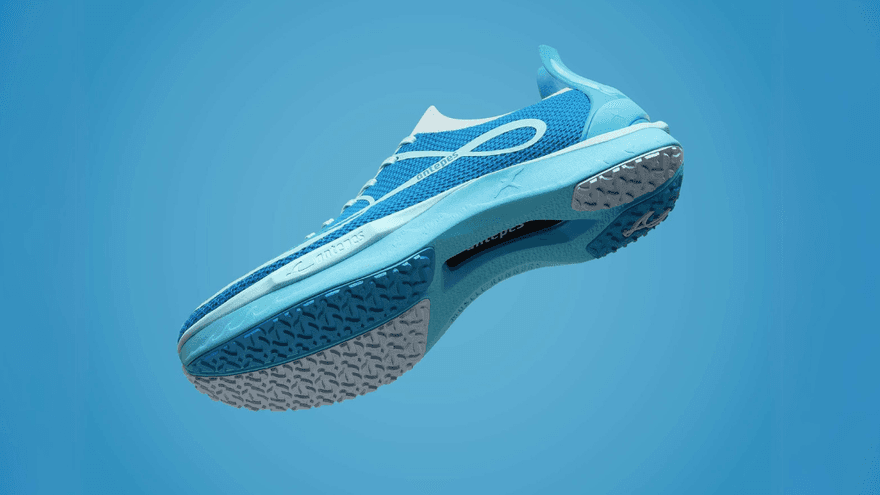
New shoes were developed and released and runners simply pulled the shoes on and ran. Racing shoes in this era tended to be lower to the ground as their main aim was to reduce the overall weight of the shoe, whereas daily training shoes had more cushioning.
It was probably after the launch of the book, ‘Born to Run’, that some brands (and runners) began to become a little fixated on the idea of ‘barefoot’ running. As a result of this barefoot shoes were developed which, were simply shoes without cushioning. The foot was sat ‘flat’ within the shoe, with just a thin layer of rubber for protection.
Someone then decided that you didn’t have to sacrifice cushioning in order to have a ‘natural’ running shoe and that you just needed to have a flat layer of cushioning.
As a result of these ideas and developments, brands started to measure and more specifically discuss the amount of cushioning a shoe had (stack) and the height difference between this cushioning from the heel to the forefoot (drop).
In the main, most shoes have a higher amount of cushioning in the heel, usually around 10 to 12mm, so making the transition from a regular (or some might say high) drop to a lower or even zero-drop shoe should be done gradually and with care.
While some manufacturers might suggest taking a few weeks to become accustomed to a lower or zero-drop shoe, I’d suggest taking several months and incorporating specific strengthening and stretching exercises into your routine in order to make the transition without the risk of injury.
With this in mind here’s a look at some lower-drop shoes to take you on your journey to zero.
For runners making the move to a lower drop shoe, I’m assuming you have previously been running in a model with a drop of around 10 to 12mm, as is fairly typical of ‘most’ everyday training shoes.
A great starting point, in this case, would be a shoe with around 6mm of drop from the heel into the forefoot.
Many will already be familiar with the Brooks Ghost 15. It’s one of the most popular training shoes on the market today.
This model, the Ghost MAX, takes the stack height of the shoe up to around 39mm in the heel, with a drop of 6mm into the forefoot.
The cushioning remains the same as the regular Ghost shoe, the brand’s DNA Loft V2, but here, having a slightly higher stack the shoe feels a little softer. Brooks has created a new GuideRide geometry to the midsole, a rockered design from heel to forefoot that creates a very smooth feel through the gait cycle.
As with many shoes from the brand, it’s an easy shoe to pull on and go. It’s well made, feels light and comfortable straight away and for those wanting to reduce the height of the heel drop in their daily training shoes, it’s a great first step.
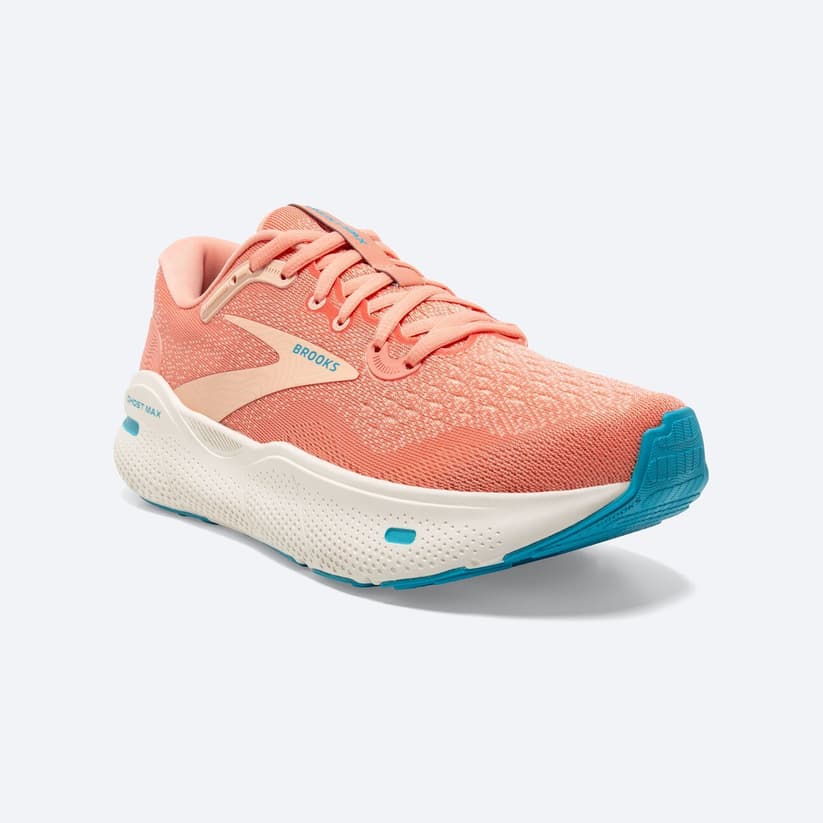
Known for their range of ‘zero-drop’ shoes, or as they name them, ‘balanced-cushioning’ shoes, Altra have a wide range of models on offer. And the brand is a great example of the thought process that by wearing zero-drop shoes you have to sacrifice cushioning. Indeed many of the brand's models feature good stacks of cushioning material.
The Paradigm 7 provides an even stack of cushioning throughout the length of the shoe as well as dynamic support in the form of the brand’s Guiderail system. This Altra EGO MAX midsole foam is 30mm deep and offers a lightweight, relatively soft, cushioned ride with a touch of energy return feel.
These Guiderails form an extended part of the midsole and wrap up around the foot creating a ‘rail’ to stabilise the foot and reduce both possible supination and over-pronation.
The system works equally as well for those that require stability as well as those with a neutral gait. This said a lower or zero drop shoe should encourage a more mid to forefoot stride and in doing so reduce possible pronation issues.
Of course, the brand’s foot-shaped toe box is an ever-present feature on Altra shoes and in this model, it allows the foot to spread and provide some natural stability.
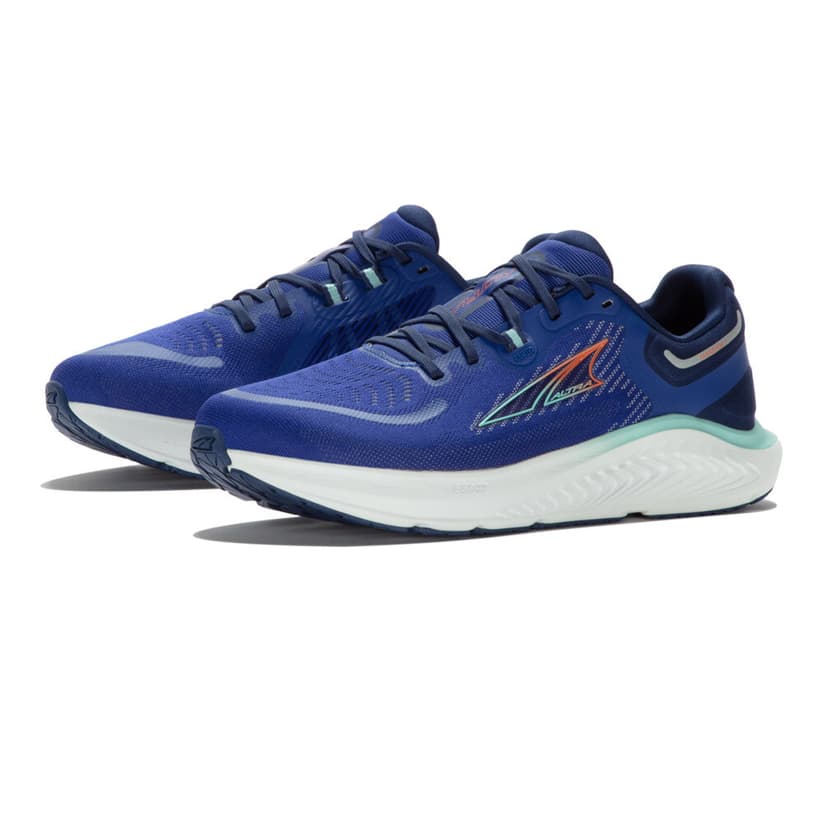
For those taking the next step towards more minimal footwear, the Vivobarefoot reduces cushioning as well as being a zero-drop model.
With no cushioning, there’s no drop, so here we have simply a shoe that offers a layer of protection from the ground in order to provide protection as well as encourage the foot to do a little more work.
The Primus Lite Knit uses the Pro5 sole which is puncture-resistant and only 0.8mm thick! This means the foot is sitting as close to the ground as possible whilst having protection from the surface and elements.
It’s an ultra-minimalist feel which of course needs a period of adjusting to. I’d personally only begin to use a shoe such as this after several months of using a zero-drop yet cushioned model.
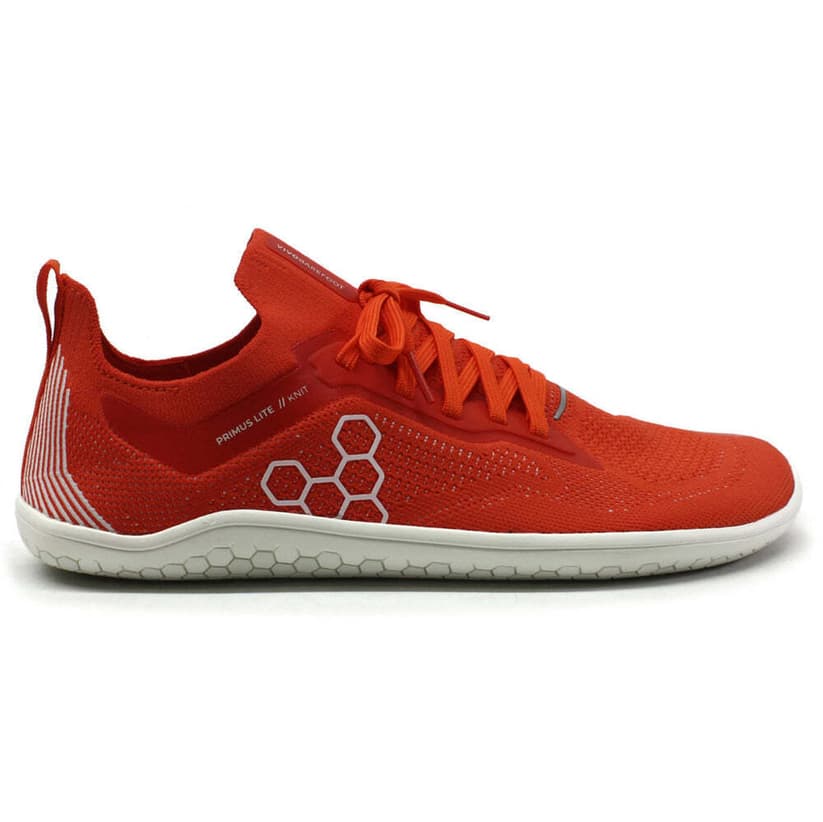
After making the move from a traditionally stacked shoe to a low or even zero drop model, the next step might be to develop lower leg strength to maximise the benefit gained from the transition.
This shoe, the Muscle Runner from Antepes has been designed as a training tool to encourage a lighter, forefoot strike and in turn, add a little more ‘bounce’ to your natural stride and push-off.
While the shoe is zero-drop, it's styled similar to that of a track spike. It features a full-length carbon plate that’s shaped under the forefoot and gives an instant perception of wanting, if not needing to strike the ground towards the front of the foot to maximise the effect of the shoe.
Whilst it’s a little tricky to explain, once wearing the shoes and running in them, they become rather intuitive and within a few strides the purpose of the design is evident and effective.
These aren’t everyday training shoes and as mentioned earlier, more training tools to be used during sprint drills, strides or bounding-type sessions. They do help you both concentrate on your stride speed and ground strike, and so should, with regular use help increase both leg strength and cadence.
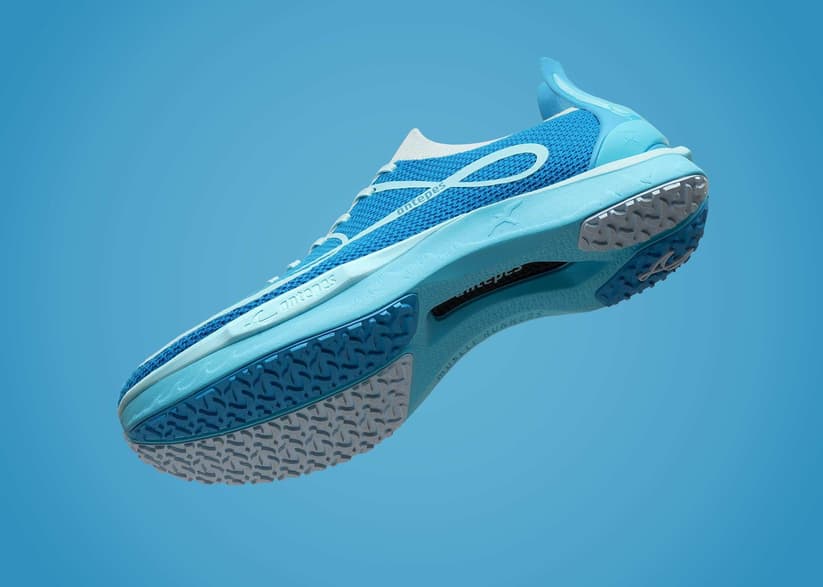
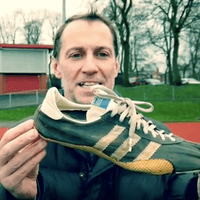
Athletics runs in the Freary family. Paul’s father, Mike held the British 10,000m record in 1969 and Paul himself has been running for over 45 years.
As an athlete Paul has won Northern and Inter-County golds at 5000m as well as British half-marathon and trail running titles.
His claim to fame is beating Steve Cram over the classic mile distance on the road in Bermuda, a distance where Paul’s personal best in 3minutes 56seconds!
Having worked in the running industry for over 25 years he’s worked for Puma, Fila, Nike and adidas as well as now owning his own running store. An expert in video gait analysis, Paul is ideally placed to write authoritative reviews of running footwear, gadgets and gear.
For 2023 Paul has his targets set on improving his 2:39 marathon from Berlin in 2022.
Most recent articles by Paul Freary
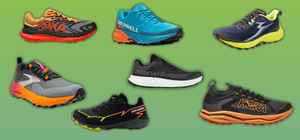
It’s time to hit the trails. Here resident running shoe expert, Paul Freary, tries a selection of the latest trail running shoes that should prove perfect for your off-road adventures.
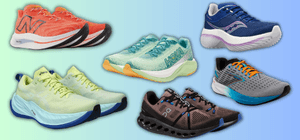
After the launch and near explosion of ‘super shoes’ onto the market, it seems like most people are now wearing carbon-plated models on race day. Here we take a look at some of the latest training shoes aiming to give you race-day level performance in a daily trainer.
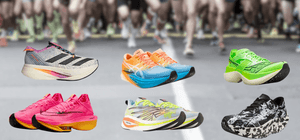
With the Spring ‘Marathon season’ upon us, Paul Freary, our resident Running Shoe Guru takes a look at six of the best marathon racing shoes on the market, some of which, may put a spring in your step!
Most recent articles in RUNNING

Why is diet such a contentious topic in ultrarunning and why do I call it a myth? These are the topics that I will discuss in this article.

In my last piece for Outside & Active, I talked about what I believed the worst mistake a runner could make is.

Brooks supports trail runners to defy limits and empower their trail runs with the new Cascadia 18. The adaptable Cascadia combines DNA Loft v2 cushioning with TrailTack Green grip and a durable upper mesh to handle all terrains, providing necessary comfort and underfoot security on each surface.